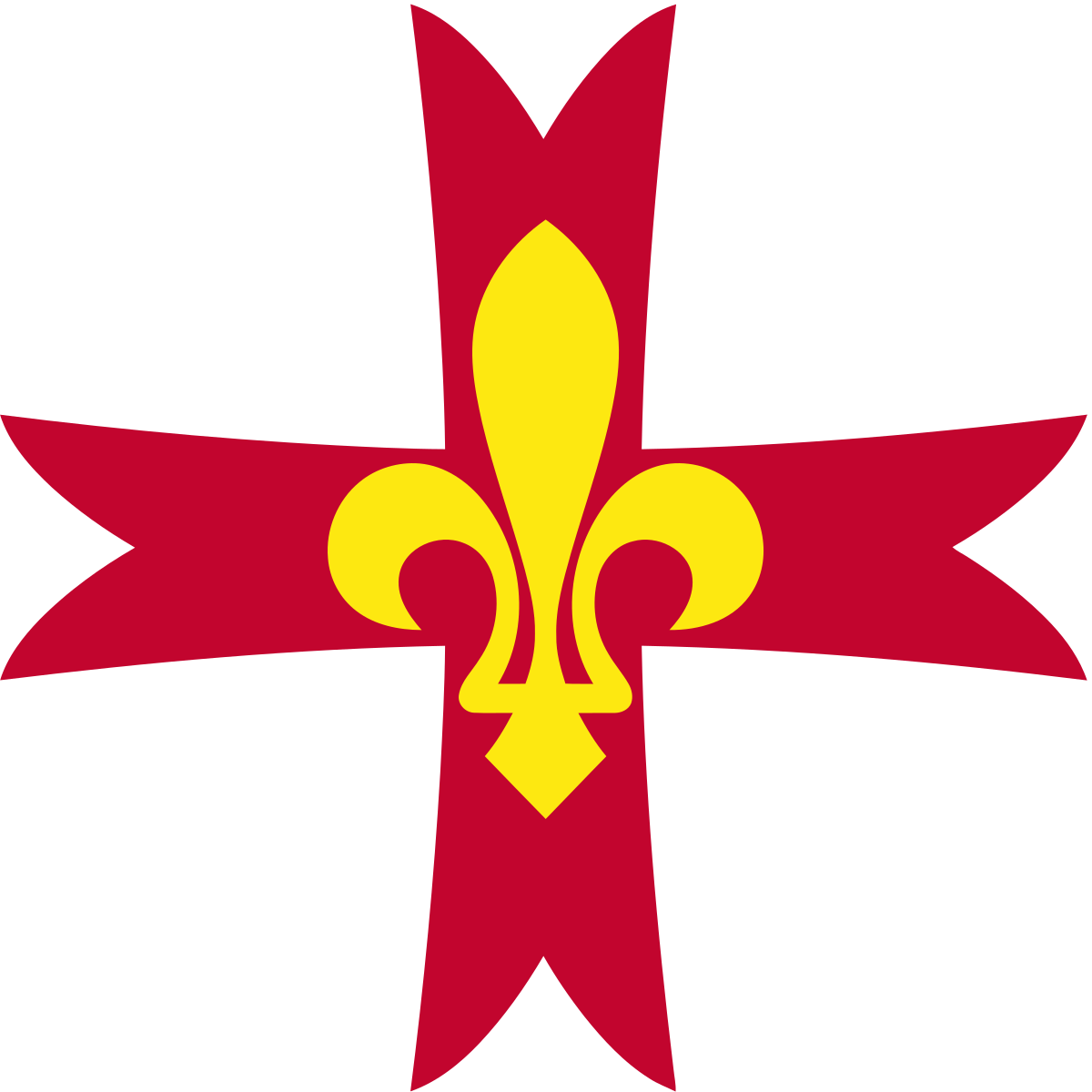Ma come la Natura tutte quante di pura terra fe,’ cosi sen’ vanno di quella ornate dal capo alle piante; (904) (As Nature made all of them of pure dirt, so they go around decorated with it from head to toe;)
Since they are always tending animals, they are said to assume subhuman aspect. Ornamentation and make-up, which in medieval texts were considered a source of suspicion and evidence of the woman’s evil nature, have become symbols of civilization and refinement in opposition to the roughness and filth of mountain women. The element of dirt, stressed in the bodily representation of the marginal female Other, reinforces the poet’s agenda to impose the hegemonic position of the elite, and to revile the vulgar for their lack of cleanliness, civility, and decorum. Here the female Other is depicted through revolting physical details (‘e i capei folti, bosco da pidocchi, / e gli denti smaltati di ricotta,/e le poppe, che van fin a’ginocchi’; thick hair is a forest of lice, the teeth are covered with cheese, and their breasts fall down to their knees), which confirm the condition of filth in which these women live.
